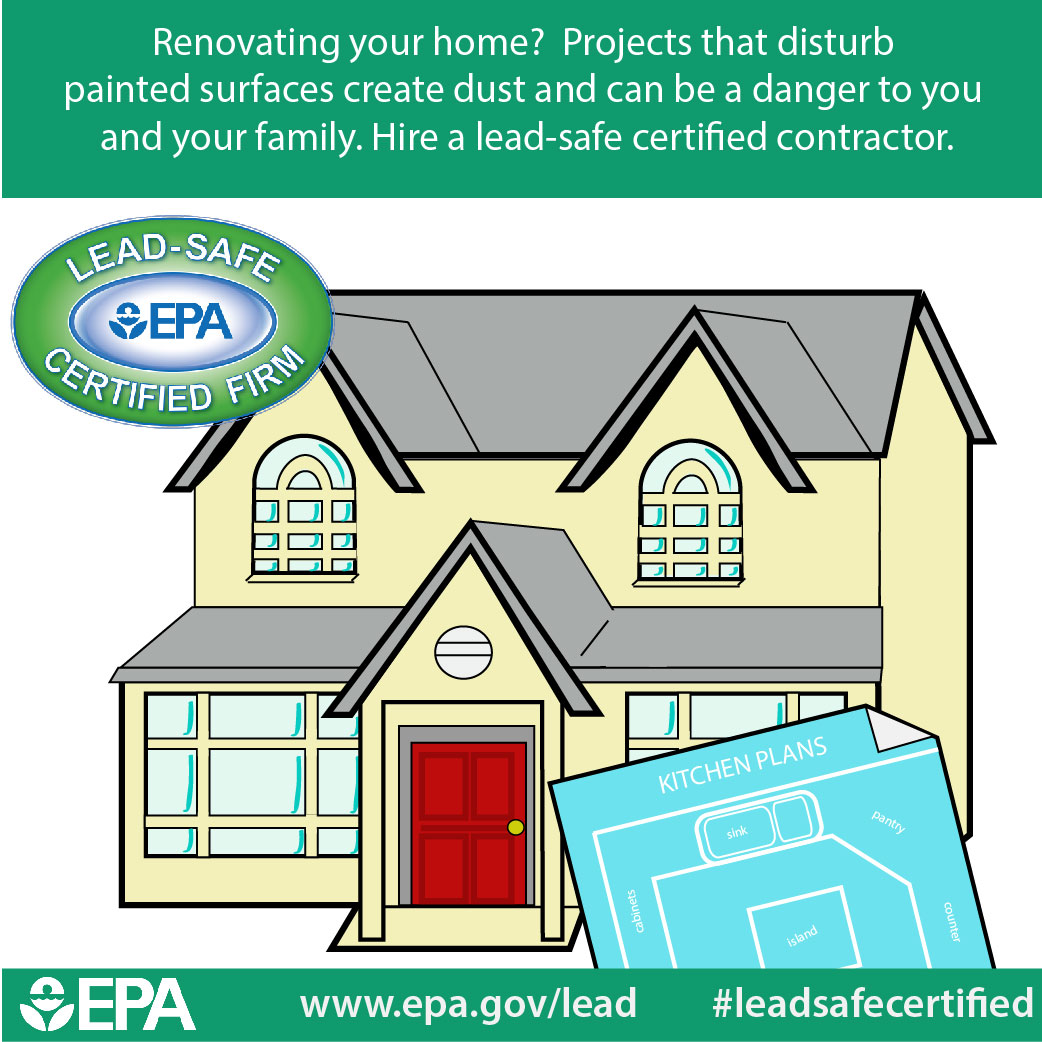Obtaining Your Walls Ready For A Smooth Paint Application
Obtaining Your Walls Ready For A Smooth Paint Application
Blog Article
Material Author-Brun Hjelm
Attaining a flawless paint job starts with thorough wall preparation. From filling in flaws to priming surfaces, each step plays an essential function in the last result. But what concerning those difficult edges and edges that can make or break the overall look? Remain tuned to find skilled suggestions on how to browse these challenging locations with skill, guaranteeing a smooth finish that will certainly elevate your room to new elevations of sophistication.
Wall Maintenance
Checking wall surfaces for any type of imperfections and without delay addressing them with essential repair work is vital for achieving a smooth and perfect paint task. Prior to beginning the painting procedure, thoroughly check out the wall surfaces for fractures, openings, dents, or any other damage that could affect the outcome.
Beginning by filling in any type of splits or openings with spackling substance, allowing it to dry totally prior to sanding it to produce a smooth surface. For bigger damages or harmed locations, consider using joint substance to guarantee a smooth fixing.
Additionally, check for any type of loose paint or wallpaper that may require to be eliminated. Remove any peeling paint or old wallpaper, and sand the surface to develop an uniform texture.
It's additionally essential to check for water damages, as this can lead to mold and mildew development and influence the adhesion of the new paint. Resolve interior painters minneapolis or mold with the suitable cleaning options before waging the painting process.
Cleaning and Surface Area Prep Work
To ensure an immaculate and well-prepared surface for painting, the next step entails completely cleansing and prepping the wall surfaces. Begin by dusting the wall surfaces with a microfiber towel or a duster to eliminate any kind of loosened dust, cobwebs, or debris.
For more persistent dust or grime, a solution of moderate cleaning agent and water can be used to delicately scrub the walls, complied with by a complete rinse with clean water. Pay unique focus to areas near light switches, door takes care of, and walls, as these tend to build up more dirt.
After cleaning, it is vital to examine the walls for any type of splits, openings, or flaws. view it should be filled with spackling compound and sanded smooth as soon as dry. Fining sand the walls gently with fine-grit sandpaper will also help produce a consistent surface for paint.
Priming and Insulation
Prior to paint, the walls must be topped to ensure proper bond of the paint and taped to shield nearby surface areas from stray brushstrokes. Priming works as a crucial action in the paint procedure, particularly for new drywall or surfaces that have been covered or repaired. It helps secure the wall surface, creating a smooth and uniform surface area for the paint to adhere to. Additionally, guide can improve the durability and coverage of the paint, inevitably bring about a more professional and long-lasting surface.
When it concerns taping, utilizing painter's tape along trim, ceilings, and various other surface areas you wish to protect is necessary to accomplish tidy and crisp paint lines. Painter's tape is developed to be easily applied and eliminated without damaging the underlying surface or leaving behind any residue. Take the time to properly tape off locations prior to painting to conserve yourself the hassle of touch-ups later.
Final thought
In conclusion, effectively preparing your walls prior to painting is important for attaining a remarkable coating. By examining for flaws, cleaning up extensively, priming the surface area, and using painter's tape for clean lines, you can guarantee a professional-looking paint job.
Making the effort to complete these steps will certainly result in a smooth and long-lasting finish that boosts the total appearance of your area.
